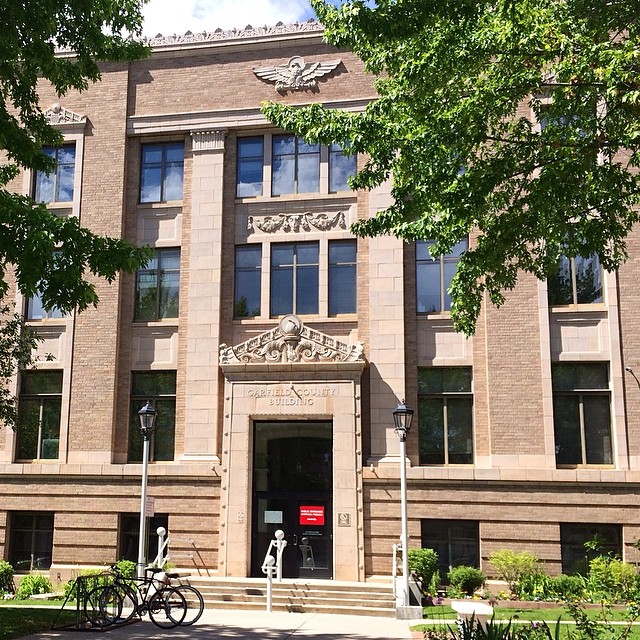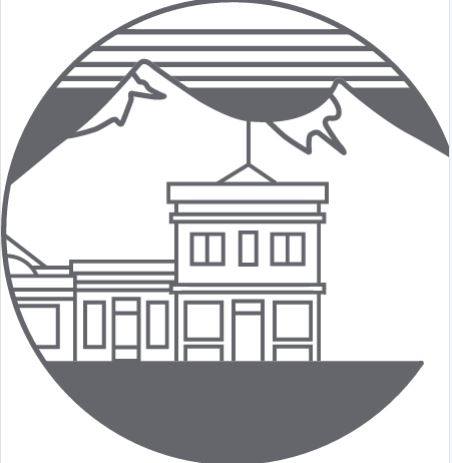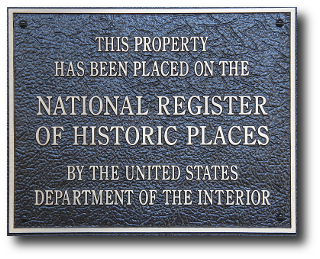Story
What does preservation mean?
What does preservation mean, exactly? Many people might associate the term with environmental preservation or conservation. For others however, the word is primarily used in the context of historic preservation, which is the act of physically preserving and protecting historic buildings, landscapes, and other sites, for the purposes of education and interpretation, cultural enrichment, and public benefit.
From the federal government to the individual citizen, from the architectural to the legal level, an unbelievable amount of work goes into historic preservation.
One common misconception about historic preservation is that it is reserved for mansions and castles; the stomping grounds of the rich and powerful. This couldn’t be further from the truth. If you’ve ever driven past the Hotel de Paris in Georgetown, the LoDo district in Denver, or the site of the Sand Creek Massacre in eastern Colorado, you have seen the diverse forces of historic preservation at work.
For Sand Creek, it is in the preservation of Native American history and cultural landscape; for LoDo, the adaptive reuse and revitalization of formerly abandoned warehouses; and for the Hotel de Paris, the preservation and continuing use of a local institution.
Historic preservation in the United States started in the 19th century. George Washington’s famous Mount Vernon home was one of the first sites to generate local and regional grassroots passion for preservation. Gradually, preservation efforts began to incorporate larger areas and districts, such as the movement to preserve the old city of Charleston, South Carolina, begun in 1920 by a local women’s group.

Preservation is local in impact, but national in scope. Garfield County Courthouse, Glenwood Springs.
But it wasn’t until the mid-20th century that historic preservation concerns and efforts really took root. Faced with decay and blight in urban areas, local governments began the practice of urban renewal: the complete demolition and replacement of historic urban cores in the hope of stimulating growth and development. With a massive loss of urban cultural heritage looming, citizens created organizations to protect the remaining historic resources. In Colorado, this included groups like Historic Denver and Colorado Preservation, Inc.

Colorado Preservation, Inc. is one of many great organizations in Colorado dedicated to historic preservation.
Citizen support of preservation was strong enough that it led to the National Historic Preservation Act of 1966. The act created a comprehensive infrastructure for preservation. This involved the designation of State Historic Preservation Offices (SHPOs) headed by State Historic Preservation Officers, as well as the National Register of Historic Places, a list of federally recognized historic properties.
At History Colorado, the Office of Archaeology and Historic Preservation houses the SHPO. The 1966 Act also established the Secretary of the Interior’s Standards for historic preservation, which lay out the four main treatments:
Preservation: Preserving a building as it has evolved over time, retaining as much of the historic character as possible
Restoration: Restoring a site to a certain time period, through removal of some features and preservation of others
Rehabilitation: Rehabilitating a building for new or continuing use, retaining historic character but allowing for the replacement and update of some features to meet needs
Reconstruction: Reconstruction of a historic site based on documented evidence or on ruins, usually for interpretive purposes (not ideal)
Today, historic preservation is an expansive and growing field. Colorado has a multitude of historic preservation programs, including one of the most well-funded grant programs in the nation. The State Historical Fund has given out more than $273,000,000 in preservation grants.
While preservation means something a little different to everyone, its basic idea is simple to understand, and yet complex in process and partnerships. Colorado's commitment to preservation will ensure that our historical built environment will survive for generations to come.

